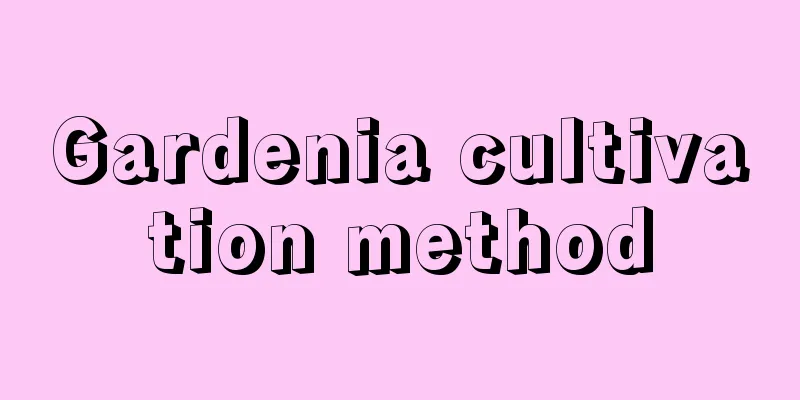Four-season maintenance methods for potted aster

springIn spring, potted asters are suitable for placement on east-, west- and south-facing balconies. Chrysanthemums can be sown in spring when the temperature is stable above 15℃. Due to the suitable temperature, the plants grow rapidly. If it is a transplanted aster, appropriate amount of top dressing should be applied after it survives to promote the growth of the seedlings and help them survive the summer safely. For aster plants that have not been newly planted or transplanted, when the outdoor temperature is stable at above 10°C, they can be moved to the balcony external rack for cultivation. When the temperature rises, liquid fertilizer can be applied 1-2 times to keep the soil moist and provide sufficient light. summerIn summer, potted asters are suitable for placement on east-facing or north-facing balconies. Due to the relatively high temperature in summer, the growth of chrysanthemums gradually slows down, the environment is relatively dry, and they require a lot of water. Placing the potted plants out of direct sunlight can absorb scattered light. Pay attention to ventilation, cooling and water supply. Stop fertilizing when the temperature is too high. After the temperature gradually drops, you can move it to a balcony with direct sunlight. autumnIn autumn, potted asters are suitable for placement on east-, west- and south-facing balconies. When the temperature drops to around 5℃ in late autumn, you should pay attention to keeping warm, ensure sufficient light, and strengthen water and fertilizer management. If managed properly, it will bloom again in the fall. Aster likes fertilizer, but not too much, otherwise it will grow too tall, making the plant shape loose and affecting its appearance. After the temperature drops in late autumn, the old plants stop flowering and can be discarded as they are old. winterIn winter, potted asters are suitable for placement on east-facing or south-facing balconies. Asters are not cold-resistant, so it is best to move them indoors. The minimum temperature on the balcony should be above 3°C. Keep the soil moist and have sufficient light, and stop fertilizing at this time. If the indoor temperature can be kept above 10℃ in winter, appropriate fertilizer can be applied. At this time, the chrysanthemum can grow normally, but the speed is very slow. |
<<: Tips for Prolonging the Shelf Life of Cut Tulip Flowers
Recommend
The efficacy and function of snakehead intestine
1. Stop bleeding After grinding the snakehead int...
If you don't pay attention to these three pitfalls when growing flowers in spring, your flowers will die sooner or later
Don't leave the room too early Some flower lo...
How to grow cymbidium and what to pay attention to
Cymbidium orchid growth habits Cymbidium orchid p...
Can Ginkgo trees be propagated by cuttings?
Ginkgo biloba is a beautiful tree species with a ...
How to judge the deficiency of flower nutrition
First, nitrogen deficiency The leaves of the plan...
Faced with these bizarre ways of growing flowers, I can only be stunned
As shown in the following pictures, Huahua only s...
What fertilizer to use for copper coin grass? How to use beer to water copper coin grass
1. Nitrogen Fertilizer The pennywort needs suffic...
Peach tree management techniques in January
In January, due to the low ambient temperature, p...
When is the best time to harvest carrots?
Carrot harvest time Carrots are sown in different...
Is Clematis cold-tolerant?
1. Is it cold-resistant? It is considered a relat...
How to plant Dripping Guanyin? Planting time and method
Planting time of Dripping Guanyin The seeds of th...
What medicinal materials are suitable for planting in Ningxia? What are the varieties of Chinese medicinal materials in Ningxia?
Ningxia is one of the important production areas ...
When is the best time to plant toon seeds?
Toon seeds planting time Toona sinensis is a pere...
Summer is coming, these flowers must not be exposed to excessive sunlight, otherwise they will die!
camellia Camellia is a semi-shade flower, so when...
How to plant Lithops? Planting time and method
Lithops planting time Lithops can generally be pl...









